Campsis: planting and caring for an overseas vine
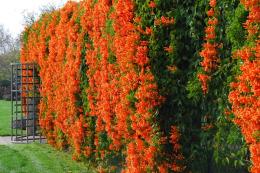
Campsis is a perennial heat-loving plant, popularly called thecoma. Campsis: planting and care in open ground is carried out depending on climatic conditions, since cultivation in regions with cold climates is due to the characteristic feature of the plant - poor resistance to severe frosts. Liana valued for its decorative foliage. Suitable for weaving fences and gazebos.
Content:
- Description and types of Kampsis
- Agrotechnical techniques for growing lianas
- Reproduction of Kampsis
- Plant pests
Description and types of Kampsis
Campsis belongs to the Bignoniaceae family. Deciduous plants are fairly large vines with a well-developed root system. Campsis leaves are entire, sometimes with a serrated edge with charming teeth. The shoots are woody. Tubular flowers are collected in paniculate inflorescences, painted in red or orange tones.
Aerial roots are located on the shoots. Thanks to them, the vine receives additional nutrition and with their help the plant is attached to the support, which, if possible, is recommended to be removable. There are varieties without air layering, even in the form of bushes. Flowering begins in June and continues until the first frost.
The genus has 2 species:
Campsis rootosa is a fast-growing woody vine. Aerial roots are located throughout the stem, helping the plant to anchor itself to neighboring trees or to other surfaces.Feathery leaves of dark green color, up to 30 cm long, densely decorate the plant. They have jagged edges. The upper side is glossy, the lower side has small fibers.
Bright yellow, orange or red inflorescences appear in July. Flowering is long lasting. Some flowers fade, seed pods appear in their place, and new flowers bloom.
Campsis chinensis or grandiflora is a species that is particularly decorative. Distributed in Japan and China. A tall vine reaches 10 m in height. Large-toothed attractive foliage, although small, is dark green.
It is attached to the support by air roots. During the flowering period, a cap of red flowers with a salmon tint appears against the background of dark foliage. Blooms throughout the month. Then the winged ones ripen seeds, which are carried over long distances when the wind blows.
There is also a hybrid species, which I classify separately. This is Campsis tagliabuana. A tall plant reaching 6 m in height. Characterized by powerful shoot growth. When growing, it forms a lush bush.
The hybrid is less like a vine - it climbs the support very reluctantly. It is highly decorative. It adopted decorative properties from Kamsis grandiflora, and resistance to low temperatures from Kamsis rooting.
Agrotechnical techniques for growing lianas
Campsis is thermophilic, so it cannot withstand prolonged frosts. Prefers fertile, moderately moist soil. To make the plant feel better, sand and peat should be added before planting, thereby ensuring good air permeability to the soil. It is advisable to make drainage to prevent stagnation of water in the soil.
It feels more comfortable in a sunny area, although it develops just as well in the shade. Does not tolerate drafts, requires moderate watering - without “wet feet”. During flowering, you need to water more abundantly.
Plant pruning
Easily responds to crown formation. You need to prune constantly and should start when Kampsis will begin to grow. In the spring you need to break out all the extra shoots, leaving a couple of pieces on the cuttings. By the end of the growing season, long vines grow and become woody, forming the basis of the vine.
Subsequently, Kampsis needs spring pruning, which consists of removing all thickening shoots. Also in the spring you need to cut off all blackened and unhealthy shoots.
Features of cultivation in the first year
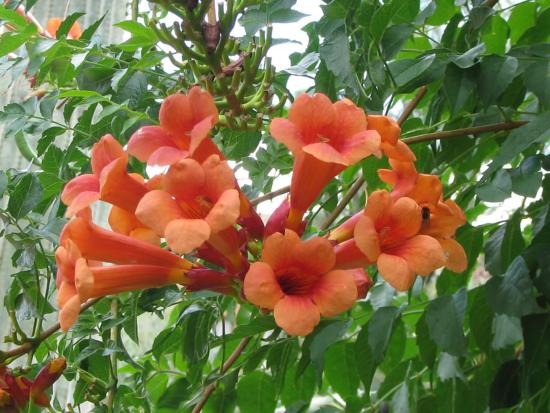
It is recommended to grow a young seedling in a container. In the spring it should be moved to a permanent place. If the summer is cold, problems with flowering may arise. To increase the plant's resistance to unfavorable conditions, it is necessary to grow Kampsis by rooting a cutting taken from a flowering adult plant.
Fertilizing and preparing for winter
Responsive to organic and mineral fertilizers. Compost is preferable from organic matter. They should be brought directly into the planting hole. Potassium and phosphorus fertilizing is necessary during flowering.
The heat-loving plant needs shelter for the winter. It is necessary to remove all the lashes, bend them to the ground and pin them. To facilitate the process of removing meter-long lashes, the support must be made removable. Cover the branches with spruce branches, throw polyethylene on top, and then foliage.
Reproduction of Kampsis
Liana reproduce by seed method, rooting cuttings and layering.
Seed propagation
Fertile soil is poured into special boxes and seeds are sown. For faster germination, use the mini-greenhouse method. Ventilate the plantings daily and moisten the soil if necessary. When the plants become stronger, they can be moved to a flower bed. Seedlings are characterized by slow growth. Flowering of plants grown by seed propagation occurs 7 years after planting.
Campsis - a magnificent garden vine in the video:
Cuttings
Root cuttings. An easier and faster way to get new instances. The stalk is cut from the lash with a piece of lignified bark. Reproduction is carried out even before the plant begins to grow. You can immediately plant it in a permanent place.
To rooting green cuttings start in the summer. Each cutting should have a couple of leaves. Root in water. With the appearance of roots, the cuttings are planted in a hole at an angle. The soil should be mulched. This will help maintain moisture in the soil and prevent weeds from choking out the small cutting.
Air layering
The easy way. You will need to choose layers that are located closer to the ground. They need to be placed on the ground, pinned and covered with earth. Next year they can be cut off from the mother plant and planted in another place.
Kampsis pests
Aphids are the most dangerous and widespread pest. Distributed colonially. The appearance of aphids can be provoked by the abundant application of nitrogen fertilizers, especially in dry summers. The insect attacks camsis buds and feeds on young leaves, leaving behind a sweet, sticky mass that attracts ants.
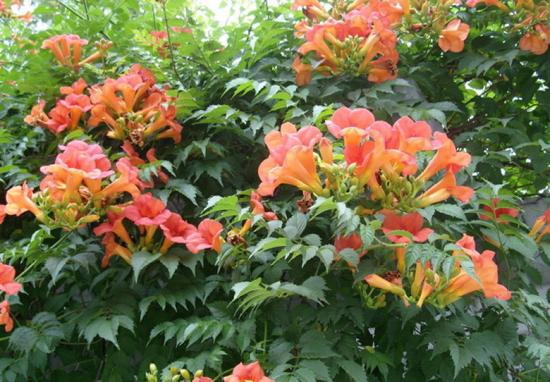
Folk remedies are used to fight. An infusion of laundry soap made with alcohol is considered very effective.In addition, excessive watering leads to rotting of the root system. Care campsis does not cause any difficulties. With minimal effort, the area will be decorated with chic plant vines with huge, bright flowers of an overseas plant.

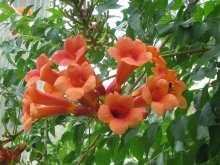

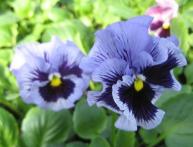
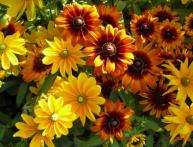

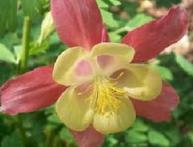
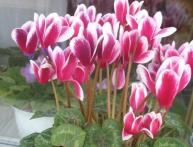
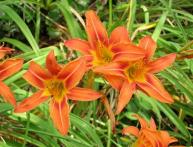
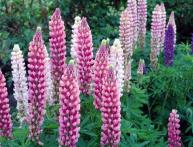
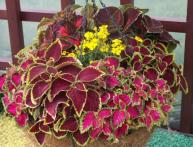
Comments
Campsis is a wonderful plant. I planted it near the front door and now the plant has covered part of the wall and the canopy above the door. It looks great from the outside, especially when it starts to bloom. You just have to trim the branches, because the plant not only climbs the wall, but also grows in all directions.